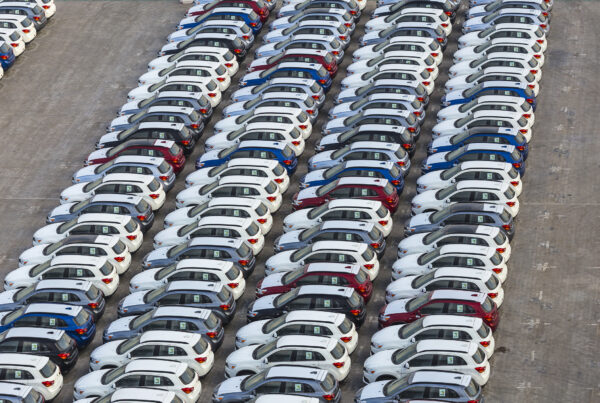The Federal Government has recently announced adjustments to the proposed New Vehicle Efficiency Standard (NVES). Key changes have been made focusing on four-wheel drive SUVs, and light commercial vans and utility vehicles.
“This constructive collaboration is delivering what’s right for Australia, by making improvements to the consultation option to deliver more choices of cheaper-to-run cars for motorists, while ensuring a sustainable and effective Standard,” said Minister for Infrastructure, Transport, Regional Development and Local Government Catherine King and Minister for Climate Change and Energy Chris Bowen in a joint statement.
Several changes are suggested to improve vehicle classification and emissions rules, particularly for light commercial vehicles.
4WDs would be reclassified from passenger cars to light commercial vehicles. This adjustment recognises their use of sturdy chassis and the need for similar towing capacity as dual cab Utes. Models like the Toyota Landcruiser and Nissan Patrol would be affected.
Steps are also proposed to make emission rules smoother for light commercial vehicles, aligning with changes made by the US EPA. This aims to make the transition easier for Utes, vans, and 4x4s.
Furthermore, adjustments to emission limits based on vehicle weight are suggested, considering that heavier vehicles generally emit more pollutants.
The plan also involves introducing changes gradually to allow time for necessary data systems to be prepared and tested. The scheme is set to start on January 1, 2025, with manufacturers not facing penalties or earning credits until July 1, 2025.
To help accelerate the transition, the Government will also provide $60 million to boost EV charging at Australian dealerships, under the Driving the Nation fund.
Did you find this article interesting? Click the ‘heart’ button above to give it a ‘like’!


















